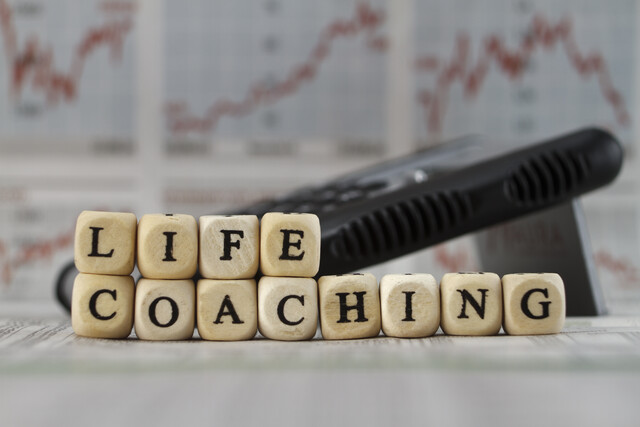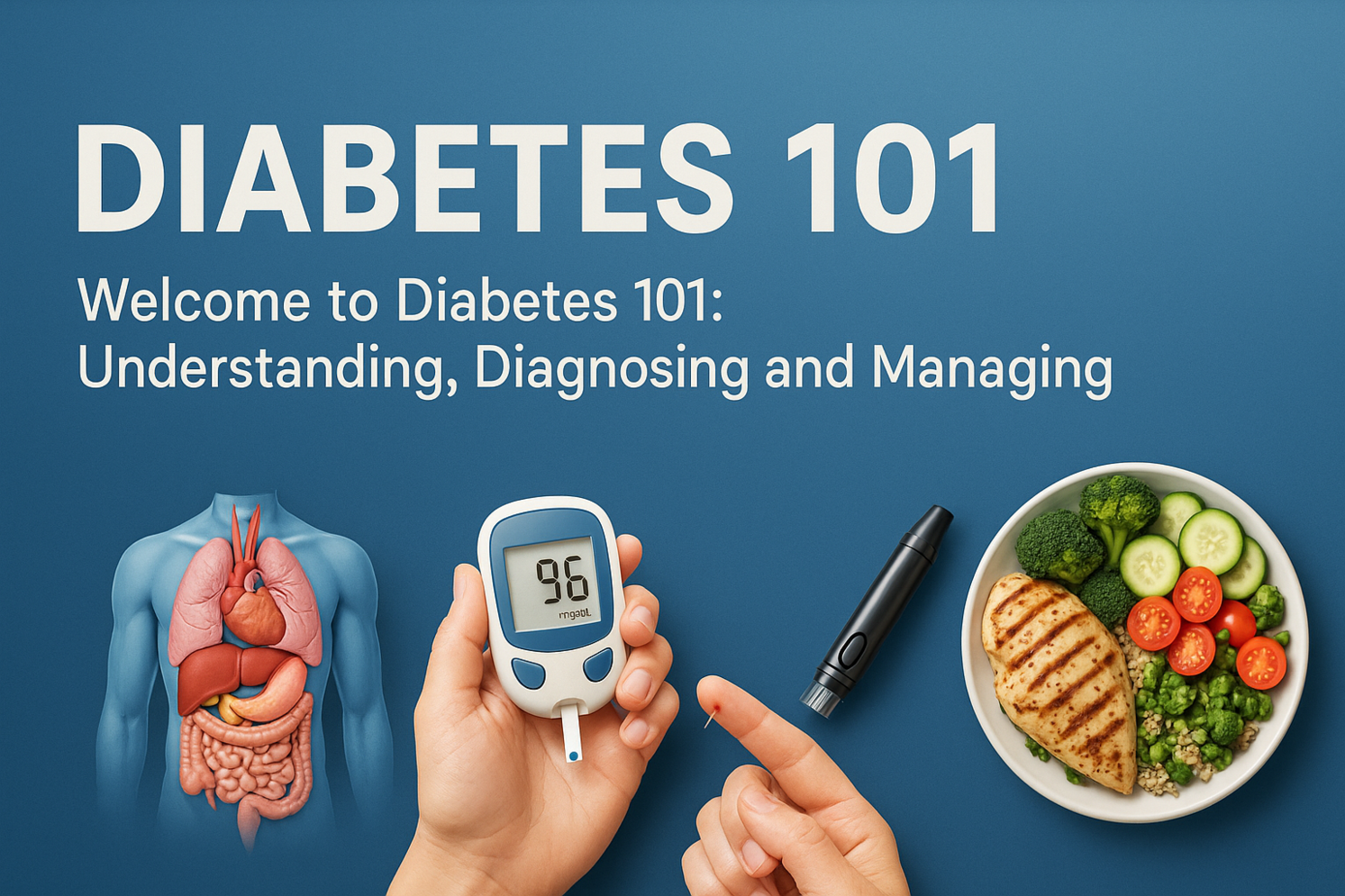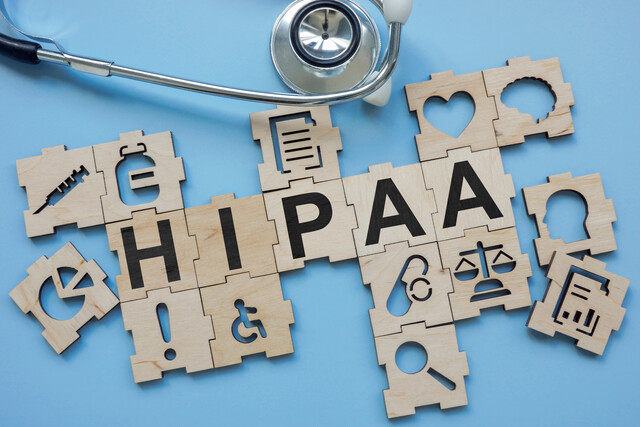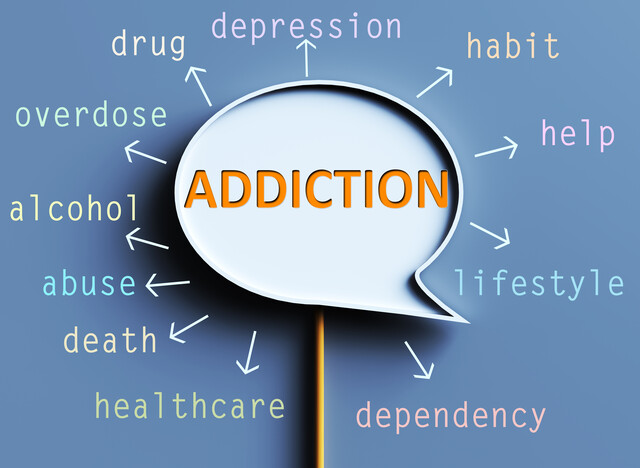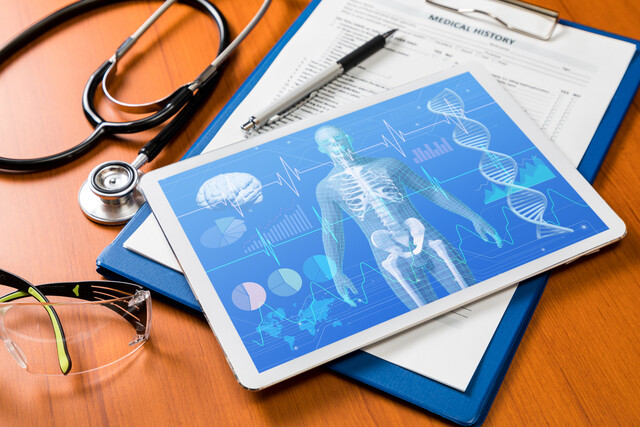Objectives
Sadly, alcohol use remains the number one contributor to the deaths of people ages 15-20. It has become part of youth pop culture to experiment with alcohol, whether alone or in groups or at parties. There is the perception that drinking is a cool and adult thing to do, when in fact depending on the age of the drinker and the situation, it can range from being highly irresponsible to downright dangerous.
To underscore this point, take a look at these statistics on underage drinking.
In a recent survey conducted by the Centers for Disease Control, it was found that 39% of young adults in grades 9-12 had drank some amount of alcohol within the last 30 days. In addition, 22% of respondents admitted to binge drinking in the last 30 days. When it came to driving under the influence of alcohol, 8% of students admitted driving after drinking, while 24% got into a car driven by a young person who had been drinking.
In breaking things down further, the survey showed that 33% of 8th graders and 70% of 12th graders had tried alcohol, and 13% of 8th graders and 40% of 12th graders had drank during the past month.
How Alcohol Affects You
As you can see from the above statistics, alcohol use is very prevalent amongst young adults, with consumption often beginning before 13 years of age. This is startling not only because these are the peak cognitive developmental years, but because of the many health dangers and societal ramifications this presents. It is clear that many young people don't really understand just how much alcohol consumption can affect their body and impair judgment. Below are a few facts about what happens when you drink.
- The Blood Alcohol Level (BAC) measures the amount of alcohol that has been released into your bloodstream and has not yet been able to be filtered out by your kidneys. The legal limit for driving is 0.08%.
- Alcohol is a poison, and it can kill at high levels. A person with a blood alcohol concentration between 0.35 and 0.50 percent can fall into a coma. Anyone with a blood alcohol concentration over 0.50 can die. People have died after drinking too much at once, as well as after consuming large amounts of alcohol steadily over a long period of time.
- Even with lower levels of alcohol (0.03-0.12), your judgment starts to become impaired and you can lose some fine motor skills, making it hard to write or sign your name.
- At slightly higher levels (0.09 to 0.25), your vision becomes blurry, you have problems tasting, hearing, and feeling. You also have slower response times and can have trouble understanding what's going on around you.
- People with a BAC of 0.18 to 0.30 may stagger, become aggressive, have slurred speech, and inability to feel pain as they normally would. All senses are dulled and movements are extremely uncoordinated.
- With high levels of 0.25 to 0.4, you are technically in a stupor. You can barely move and do not respond to poking, prodding, light, or noise. Also, this is the stage where you vomit or even pass out. You can possibly die in this state.
- Levels of 0.35 to 0.50 can place you in a coma, where your breathing is slow and shallow and reflexes severely depressed. The heart rate slows and body temperature drops. Death is possible at this stage, with or without medical intervention.
In addition to all of the things mentioned above, there is also internal damage done to the body when you drink over a long period of time. Long term alcohol consumption can cause "Alcohol Hepatitis," inflammation of the liver caused by excessive alcohol consumption. More than a third of patients with this disease die within six months. Another dangerous condition is Cirrhosis of the liver, which is when scar tissue forms on the liver, blocking blood flow and bile ducts and impeding function and causing possible liver failure.
Other serious side effects of alcohol consumption include:
- Cancer.
- Heart Disease.
- Anemia.
- Dementia.
- Depression.
- Seizures.
- Gout.
- High Blood Pressure.
- Pancreatitis.
- Nerve Damage.
Alcohol's Appeal
If there are so many risks posed by over consumption of alcohol, why do so many people drink excessively? There are a number of reasons, ranging from social to addiction related. Below are the most frequent reasons why people consume too much alcohol.
Marketing. Advertising is the norm in many industries, but when it comes to something as potentially dangerous as alcohol, there is a responsibility to ensure that advertising does not target and affect impressionable young people as much as possible. And while the alcohol industry denies targeting teens with their ads, they have increased advertising spending, from 157 million a year, to 372 million. Much of those advertising dollars are spent on cable commercials and many of them in time slots alongside shows aimed at teens.
Social Pressure
This is much like peer pressure, but social pressure can be a bit more subtle. It can be found in the form of a girl drinking to "loosen up" to appear more attractive and outgoing to a date. This can also be seen in a boy drinking because it's deemed the "manly" thing to do. Social pressure affects adults as well, with the expectation to attend cocktail hours, office parties, and other events that may have free flowing alcohol. In these settings, abstaining from drinking may seem odd, and as most people do not want to stand out, they will accept a drink, even if they have no desire for it.
Stress Relief
Many people have a drink or two in an effort to unwind after a long day or as a refuge from a stressful situation. This will in fact seem to work because alcohol dulls the senses and relaxes the nervous system. However, it is not really removing the source of the problem, but is just dulling your ability to feel the effects of it for a while. The real problem comes when alcohol is used as a continuous method of dealing with the stresses of life. This can prompt dependence and addiction because the person does not know how to deal with stressors other than by dulling the pain and discomfort with alcohol.
Curiosity
Many teens are curious about what they see as an adult privilege. They may associate alcohol with sophistication and maturity and think that by drinking, they can show just how adult they are. Unfortunately, the body of a young person is different than an adult and alcohol will have a more serious effect. What began as curiosity can evolve into dependence and long term health problems.
As you have seen throughout this article, small amounts of alcohol may be seemingly harmless, but there are many problems associated with long term and binge drinking, up to and including overdose and death. Although many young adults fall victim to the pressures to drink, other are taking a stance and committing to abstaining from drinking. They are doing this not only for their own health and welfare, but for their community as well, as drunken teens behind the wheel contribute to numerous deaths every year. If you would like support in remaining alcohol free, there are local support groups in schools and communities that can assist you.
If you think that you may have a drinking problem, help is available. Confide in a school counselor, parent, or doctor. There are programs that provide group support to those who are trying to quit, such as Alcoholics Anonymous. There are also private counseling and treatment options available that will not only help you to stop drinking, but to analyze and resolve any underlying issues that contributed to the problem in the first place. While going through recovery, it is important to see every day without a drink as a victory and also, to avoid places and people who may call you to reactivate bad habits.
Conclusion
For some, drinking alcohol may seem like a cool and adult thing to do and for others, it's a means to escape family problems or depression. However, for many underage drinkers, this leads to harm. Teen drinkers are responsible for many lives lost in car accidents and through acts of violence. In the hopes of reducing this statistic, there are treatment options available to deal with the addictive and emotional elements of alcohol abuse.
Sexual Health
Objectives
We are all taught the basics of personal hygiene at a young age. You are taught how to brush your teeth and take an effective shower. However, very often people move into their late teens and even adulthood without having had proper instruction on sexual hygiene.
Women are unique in that their reproductive system has many different parts, of which the outermost part, the vagina, is open to the elements. This fact increases the potential for bacteria to enter the vaginal tract and move to other areas, which can cause anything from yeast infections to urinary tract infections.
Below are some basic feminine hygiene tips for optimal health.
- The vagina consists of inner and out folds called the labia majora and labia minora (inner and outer folds), as well as many other parts. It is important when cleansing yourself to reach all areas, as bacteria and fungus can reside in these folds and cause infections.
- When using the ladies room, always wipe from front to back. Doing the opposite can introduce bacteria from the anus into the vagina and cause infections.
- When shaving pubic hair, move the razor downward (in the direction of the hair growth), so as not to irritate the skin and cause razor bumps that can be itchy and painful.
- When on your period, change your sanitary napkin or tampon frequently. Your body is expelling dead tissue and waste mixed with blood. It is not good to have this against your skin or pooling inside of your vagina for long periods of time.
- Trim or shave pubic hair to reduce the available breeding ground for bacteria, small parasites, etc.
- Be wary of excessive douching. This may help with cleanliness and odor, but it also can cause worse problems. The vagina contains good bacteria that are responsible for maintaining balance. By washing it away continuously, you actually lose valuable protection and can risk the bad bacteria taking over.
- Try to avoid pants and underwear that are too tight or that do not breath (allow air in). Bacteria loves to grow in dark, damp places and tight clothing is a leading cause of yeast infections. Always shower and change clothes after sports or exercise.
- Be careful when inserting anything into the vagina. If you use tampons and ever feel the sudden onset of symptoms such as fever, muscle aches, confusion, vomiting or diarrhea, remove them immediately and seek medical attention, as you may be suffering from toxic shock syndrome.
Men's Hygiene
Just as with women, there are particular things that men should pay attention to in regards to hygiene, including the following.
- For men that are uncircumcised, it is important to pull back the foreskin when washing, as dead skin, bacteria, and sweat can gather underneath it and potentially cause a problem.
- If you have a case of athlete's foot, avoid touching your genitals without washing your hands thoroughly, as this is one of the top ways to spread the fungus. When it is spread to the groin area, it is known as jock itch.
- Wear boxers more frequently than briefs, as they provide ventilation for the testicles and help to keep sperm at an optimal healthy temperature.
- Dust the genital area with a natural power, such as corn starch to absorb excess sweat while playing sports.
- Avoid excessive cologne and body spray, as they can actually clog the sweat glands and cause them to work overtime. Oftentimes the mixture of excess sweat and heavy cologne is hard on the nose.
- Wash and dry feet well, especially in the summer, to avoid athlete's foot, which can be transferred to the genitals and mouth.
Section 2. Sexually Transmitted Diseases
There are three million cases of sexually transmitted diseases recorded each year in patients ages 13-19. This accounts for a third of all STD cases nationwide and equates to approximately 13% of all teens. If you look at young adults ages 15-25, the number jumps significantly in this group accounting for half of the 19 million STD cases annually.
These are alarming statistics and show that many young adults lack the education to make healthy sexual choices.
The only way to completely remove the risk of contracting a STD or becoming pregnant is to abstain from having sex. However, for those who do choose to engage, there are ways to protect yourself and minimize the risks. But before we discuss prevention, let's take a look at the most common sexually transmitted diseases (STDs).
Preventing STDs
As mentioned, the only 100% effective way to guard against sexually transmitted diseases is to practice abstinence. Other than this, you should know the following facts, tips, and methods about preventing the spread of STDs, which have had varying success rates.
Facts:
It is a myth that STDs can only be contracted through sex. Many can be spread through skin to skin contact.
STDs can spread through oral sex because the bacteria or virus can get into small cuts and openings in the mouth.
Many STDs do not show signs, or may only show them part of the time, while lying dormant at others. Not seeing any sign of the disease does not mean it does not exist.
The younger you become sexually active and the more partners you have increases the risk of contracting a STD.
Abstinence is your first option. If you are sexually active, using a condom in every encounter is the surest means of preventing the spread of STDs. Other contraceptive methods may prevent against pregnancy, but do not stop the spread of bacteria and viruses.
Do not become intimate with someone who has had a large number of sexual partners, or with someone that you do not know their sexual history.
Do not have sex with anyone who does drugs that are injected into the bloodstream, such as heroin. They could be infected with a disease without knowing it, as this is one of the main ways that HIV and other STDs are transmitted.
Get tested for STDs regularly and request the same of a new partner before engaging in sex.
Treatment differs depending on the disease. Some are incurable, such as genital herpes, which has periods of remission, but never completely goes away. Other STDs such as Chlamydia can be treated with high dose antibiotics and clears up in 7-10 days.








